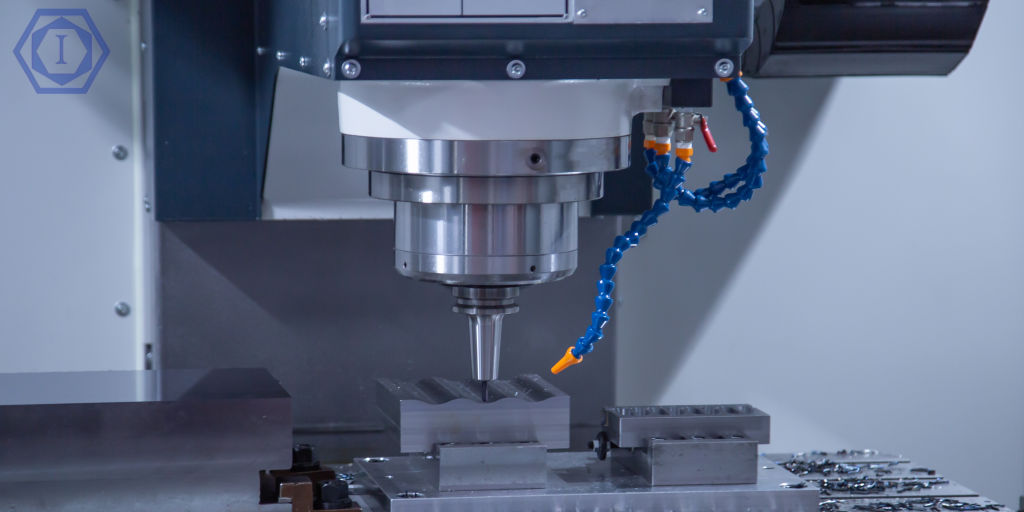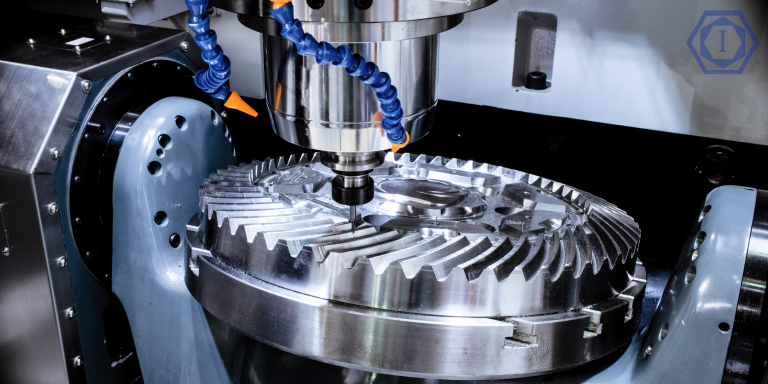MANUFACTURING INC.
CNC Milling is a manufacturing method that operates multi-axis cutting and grinding tools through the use of computerized software. It is a subtractive process designed to strategically remove material from a workpiece to produce the desired shape. CNC milling is one of the most popular fabrication processes for complex components due to its exceptional speed and precision.
The automation of the process allows for added precision while reducing labor hours and the potential for human error. Because milling removes small amounts of material at a time, it is ideal for secondary and finishing processes on workpieces that have already been machined.

Effective CNC milling relies on high-performance machinery that incorporates a cutting tool, spinning tool, and feeder. Cutting tools on CNC milling equipment incorporate numerous sharp teeth suitable for cutting the workpiece. Spinning tools are used to turn the workpiece at high speeds on multiple axes, and the feeder uses the appropriate feed rate to move the material through the process.
The CNC milling process can vary depending on the type of product or component, but it generally follows these steps:
CNC milling is a critical manufacturing process for a wide range of industries, including aerospace, transportation, marine, automotive, and oil & gas. As a highly versatile process, there are several CNC milling methods used to create components with specific characteristics.
The most common methods include:

As CNC technology continues to advance, more and more manufacturers benefit from the speed, precision, and cost-effectiveness of CNC milling. At Interscope Manufacturing Inc., we are committed to providing our customers with superior quality CNC machined parts and prototypes. With more than 35 years of experience, we have the in-depth knowledge and state-of-the-art equipment necessary to produce exceptionally accurate parts within even the most stringent specifications.
At Interscope Manufacturing Inc., we make it a point to incorporate the latest automated technology for every step of our manufacturing process. From CAD software to cutting-edge CNC systems, our engineers and technicians will take your project from conceptualization through production. To learn more about our CNC milling services, request a quote today.